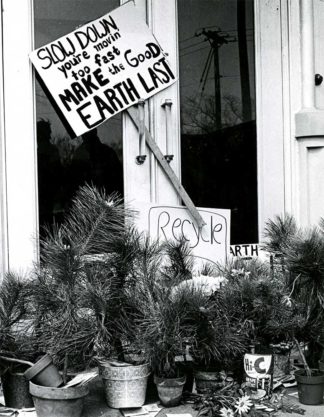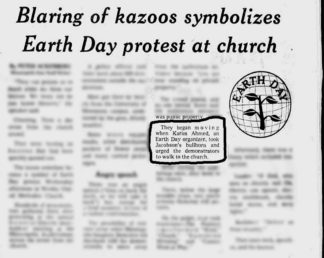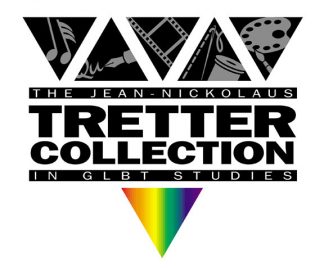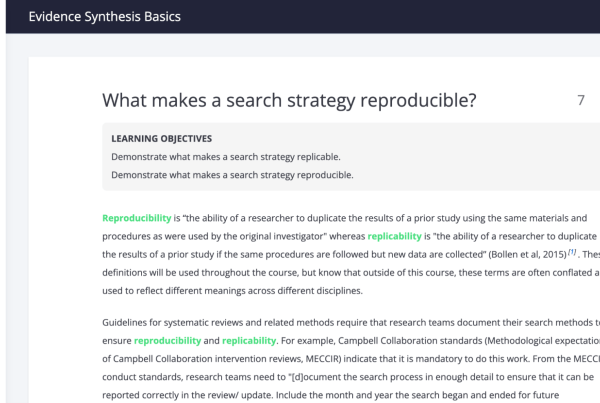By Allison Campbell-Jensen
With a protest sign riffing on the line “slow down, you move too fast,” from a 1966 song by Simon and Garfunkel, a day-long teach-in culminating in a tree planting on the Duluth campus, and, on the Minneapolis campus, the Festival of Life week of activities that began with building a geodesic dome, included a protest, and finished with a concert — the celebration of the first Earth Day, 50 years ago seems like a product of those turbulent, feelin’ groovy times.
That rainy April 22, 1970, the 800-some people who gathered on the steps of Coffman Memorial Union were among about 20 million people around the United States who demonstrated, studied, bicycled, cleaned up litter, and otherwise interrupted business as usual to call to attention to the environmental crisis threatening the country and the world. That first Earth Day changed perspectives across society.
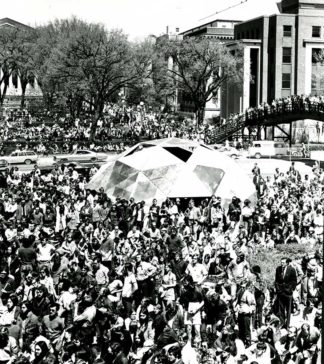
University’s Earth Day campus rally besides the newly built geodesic dome. Senator Walter Mondale, architect Buckminster Fuller and ecologist Paul Ehrlich spoke later. (Photo courtesy Karim Ahmed)
The April 9, 1970 news release (held in the U Archives) from the U on the Festival of Life highlighted involvement by R. Buckminster Fuller and a talk on the population crisis by nationally known environmentalist Paul Ehrlich. “The Pesticide Crisis” and a health sciences forum on the environment were also on the week-long schedule of events at the U.
The impact of the first Earth Day was huge.
“The enormous turnout — one tenth of the population of the United States at the time — and the enthusiasm for change led to unprecedented action from the federal government,” the New York Times reports. “Congress passed the Clean Air Act, the Clean Water Act and the Endangered Species Act, and President Richard M. Nixon, a Republican, created the Environmental Protection Agency.”
And its impact continues.
Creating scientists with a cause
Students, such a potent political force at that time, also were transformed individually by their involvement. Karim Ahmed, co-chair of the group that organized the U’s Festival of Life in 1970, remains an active environmentalist.
Among the several national and international positions he has held, Ahmed was Research Director and Senior Scientist at the Natural Resources Defense Council (1974-1988). A founding member of the board of the National Council for Science and the Environment, Ahmed now serves as Secretary-Treasurer.
(See sidebar, “Earth Day was formative for U scientists,” for more stories of individuals impacted by Earth Day.)
Earth Day’s continuing importance
Conservation biologist-turned-filmmaker Barbara Coffin, who produced the Emmy Award-winning documentary Minnesota: A History of the Land, came to the U as an undergrad in 1971. Ever since, she says, Earth Day is an important annual event.
“We need reminders,” Coffin says. “We need to have points of celebration, these moments when we reflect on where we have been and where we are going. Earth Day is perfect for that . . . it plays a very important role in our consciousness in how we live on the land.”
Minding the earth not just for a day but for a month
Throughout April, the Magrath Library Twitter feed has been offering regular tips to take care of and to celebrate the Earth.

Fiona Ihinger
The people behind this Twitter project are Libraries’ staffer Fiona Ihinger and Kristen Mastel, Outreach and Instruction Librarian who works with Extension, Agricultural Education, Institute on the Environment, Continuing and Professional Studies. Their many links so far have included walking tours, an Earth Day poem, and an Extension page on starting seeds indoors. For each of them, Earth Day has always celebrated new life.
“Earth Day,” says Ihinger, “was always that day that my mom went to the garden store, and we would pick out perennials . . . for the three gardens in our yard.” Mastel remembers planting trees at her elementary school. This year, she plans to plant carrots and lettuce in her vegetable garden, seeds that can withstand chill weather before Minnesota’s last frost date in May.
“The Magrath Library has a lot of the books on agriculture, plant propagation, plant pathology, and the Natural Resources Library has forestry and entomology . . .,” Ihinger says. For the Twitter feed, “Earth Day specifically ties in so well.”
Kirsten Mastel
Mastel, who extolled three environmental books during a Read This Book with Lisa Von Drasek, also is a member of the Libraries’ Sustainability group. She originally had several Magrath Library activities planned for Earth Day, but those were superseded by need to #StayAtHome to address COVID-19.
Still, being the librarian for the Institute on the Environment, Extension, and other units has given her a meaningful perspective, Mastel says. “I get to see the research, and I get to see the real life benefits of how it improves society.”
Earth Day is every day
Bald eagles are regular, welcome visitors to Pat Redig’s home near the St. Croix River. Redig, long-time head of the U’s Raptor Center, was a leader in re-introducing peregrine falcons to the Midwest. (See sidebar, “Earth Day was formative for U scientists,” for stories about Redig and other U of M scientists.)
“I celebrate it [Earth Day] every day,” Redig says. “I am just so grateful to be part of it and to make some things that needed to happen occur.”
Fifty years ago, environmental education, awareness, and advocacy were desperately needed, Redig says. “We still have to keep doing it, too. It’s not a one and done thing.”
Sidebar: Earth Day | U scientists

